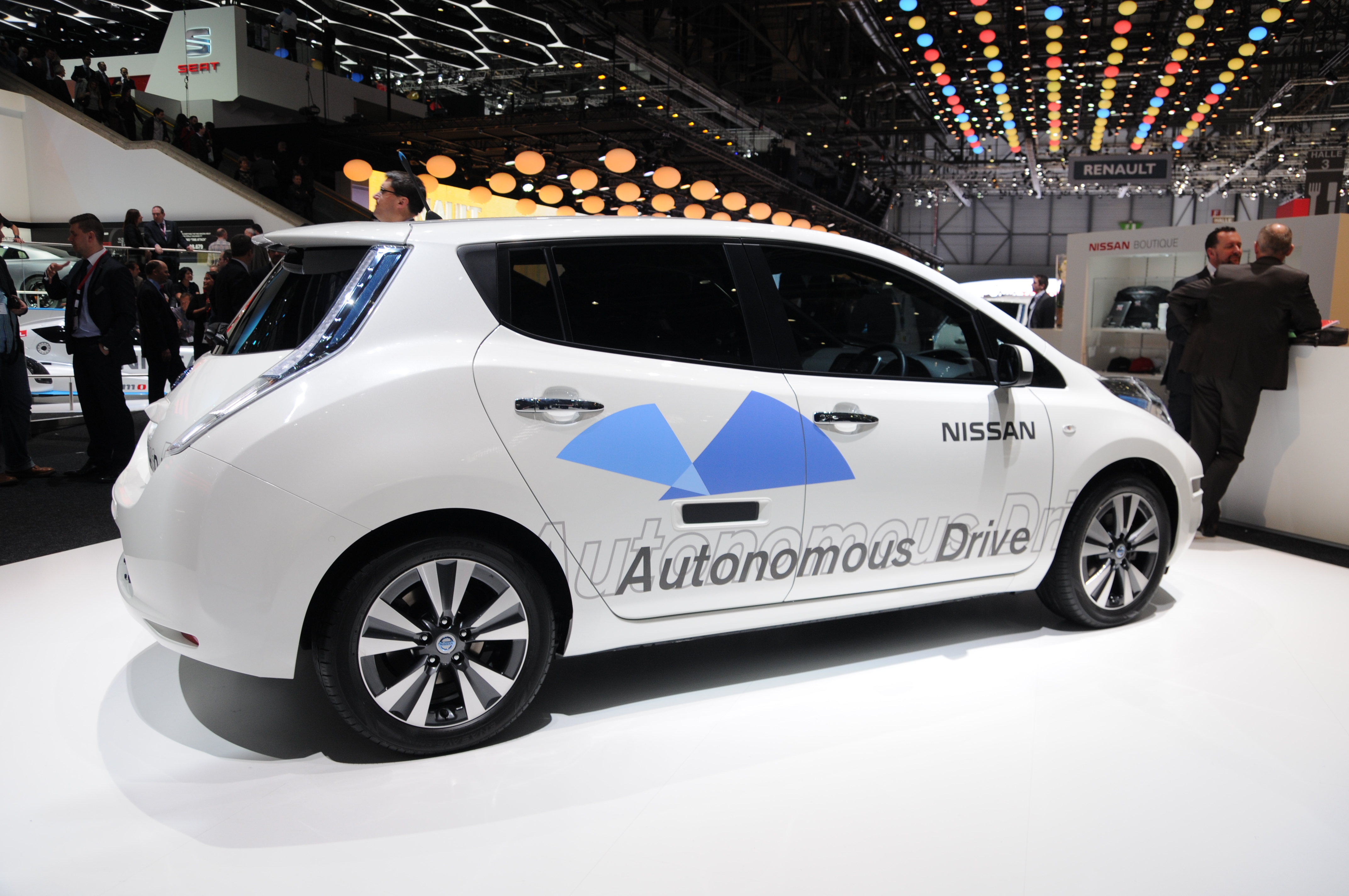June 9, 2016

We live in an age of technology and innovation. Most of the time these things bring many positives into our lives, including much-appreciate modern conveniences. Although a self-driving car has yet to be released to the general public, anticipation about the convenience they will provide and its other positives have all of the world talking. However, automotive safety advocates are beginning to have concerns over the driverless car of the future.
What many people didn’t hear about was a Silicon Valley accident involving one of Google’s self-driving cars that happened on Valentine’s Day of this year. The accident occurred when a self-driving car sideswiped a city bus going only two mph. This accident was the first involving a driverless car on a public road. Yet, this accident did nothing to detract from the push forward to get these types of vehicles on the road as soon as possible.
Transportation Secretary, Anthony Foxx announced in January that the current administration is prepared to spend in excess of $3.9 billion over the next decade in order to foster the development of the self-driving car. He supports the idea that driverless vehicles will save lives, save time, and save money.
On the other side, auto safety advocates fear that the government, along with automakers, are too quickly forging ahead down this unknown path. They say that the government has not done its due diligence to assess the capabilities and practical implications of this new technology. Increasing their worries is the potential for the government, and therefore, the public, to be steamrolled over by aggressive lobbyists in the tech and automotive industries all for the purpose of innovation and progress.
According to Rosemary Shahan, the founder and president of Consumers for Auto Reliability and Safety, an advocacy organization that is well-known for spearheading the passage of the California automobile lemon law, driverless cars are not ready for public roads.
One of her biggest concerns, shared by many other advocates for auto safety, is that autonomous cars do not do well in inclement weather such as rain, fog, and snow. This is because these weather conditions can disrupt their sensors. Shahan wants restrictions in place that make them prove they are ready for the road before they are sold to the general public.
In addition, there is a lot of debate regarding whether a licensed driver needs to present when these vehicles are in active operation. Another point of contention between safety advocates and automakers is whether or not the driverless car should include brakes and a steering wheel that allow a passenger to take over and drive if necessary.
It is clear that there is more than just technology kinks that need to be worked on before the public has access to autonomous vehicles.
Tags: auto vehicles , self-driving cars , Tesla
Hello {{User.FirstName}} {{User.LastName}}.
You are logged in with email {{User.Email}}.